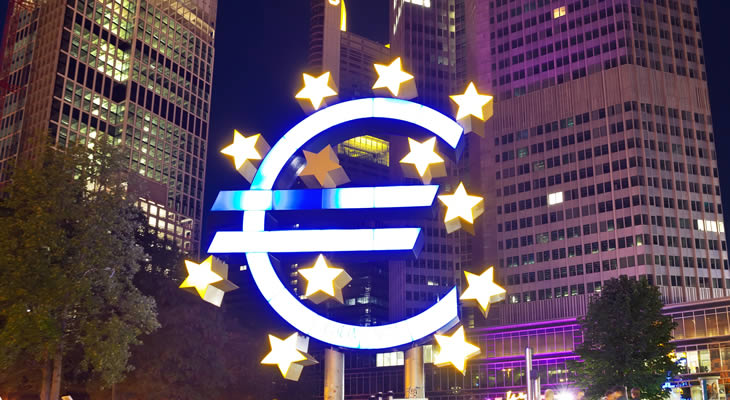Despite market concerns that the Federal Reserve may have to slow the pace of its policy adjustment due to underwhelming US inflation, the Euro US Dollar exchange rate has been unable to hold advances this week.
EUR USD began the week trading at the level of 1.1400. After hitting a 14-month-high of 1.1487 in the middle of the week, the pair trended closer to the week’s opening levels again.
Euro (EUR) Lacks Fresh Support This Week
After weeks of strong performance, the Euro has been unable to continue advancing this week amid a lack of fresh reasons to buy the shared currency.
It has been appealing to sell the Euro to US Dollar exchange rate from its best levels in over a year as investors lock-in profit, further limiting EUR USD strength.
On top of this, the Euro has been limited by market uncertainty about when the European Central Bank (ECB) could make its next moves on monetary policy.
Last week’s ECB meeting minutes indicated the bank did not plan to further expand or extend its aggressive quantitative easing (QE) package.
However, many ECB officials remain dovish, arguing that the Eurozone still needs monetary stimulus. This has weighed on market hopes for the bank to tighten monetary policy any time soon.
This week’s Eurozone data has been solid but largely unsurprising. Eurozone industrial production beat expectations in May, but German, French and Spanish inflation results from June all met projections, leaving the Euro outlook largely unchanged this week.
Traders will be waiting for further forward guidance from the European Central Bank (ECB) before adjusting their positions on the Euro. Any hawkish comments from ECB officials will leave the Euro outlook higher.
Vitally, next week will see the ECB hold its July policy decision. No change in monetary policy is expected, but any shift in tone has the potential to inspire changes to the long-term Euro outlook.
Euro investors will also be focusing on next week’s key Eurozone ecostats, including June’s inflation results for the bloc and ZEW’s economic sentiment surveys for July.
US Dollar (USD) Weakens as Federal Reserve Rate Hike Bets Drop
The US Dollar has been unable to capitalise on this week’s limp Euro performance, as traders in the US are also facing central bank uncertainty.
For most of the year, markets have expected the Federal Reserve would hike US interest rates around three times in 2017 due to strong US data and optimism about US President Donald Trump’s economic proposals.
However, Trump has seen mixed support from Congress amid a series of controversies. Markets have all but lost hope that his plans for tax reform and infrastructure spending will ever see the light of day.
US data has become more mixed in recent months, with inflation in particular coming in lower than forecast.
This has worsened concerns that the US economy may not be able to support a third interest rate hike from the Fed before the end of the year. Two rate hikes took place in the first half of 2017.
Federal Reserve Chairwoman Janet Yellen stated this week that while the US should expect more, gradual interest rate hikes, inflation was a potential concern and downside risk.
As the Fed will be carefully observing US inflation in the coming months, so too will USD traders. If inflation becomes resilient again, bets of a third 2017 Fed rate hike will rise.
Friday will see the publication of June’s key US inflation report. If it beats expectations, the Euro to US Dollar outlook will be lower as bets of further Federal Reserve action increases.
EUR USD Interbank Rate
At the time of writing this article, the Euro to US Dollar exchange rate trended in the region of 1.1404. The US Dollar to Euro exchange rate traded at around 0.8765.


Comments are closed.